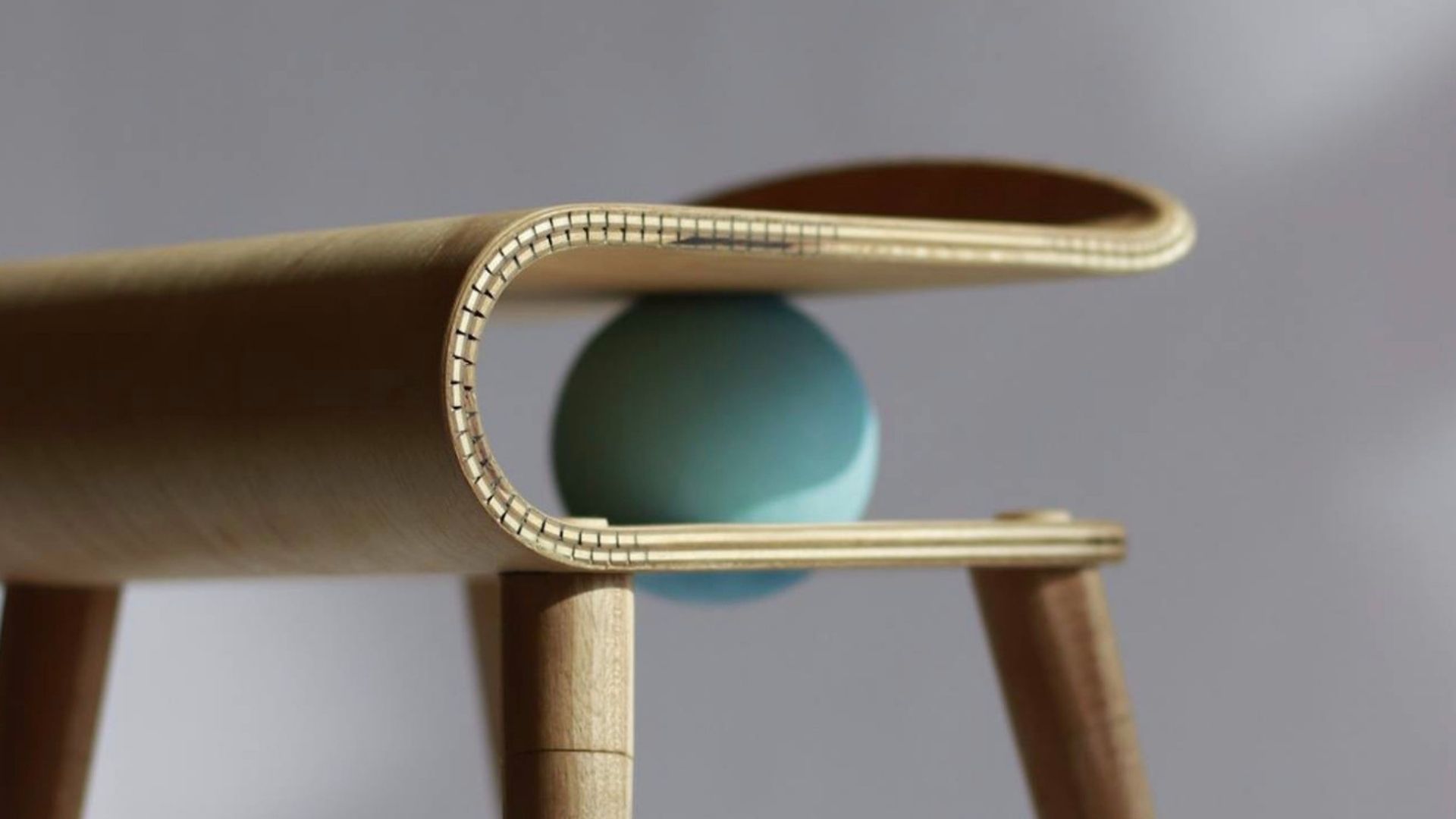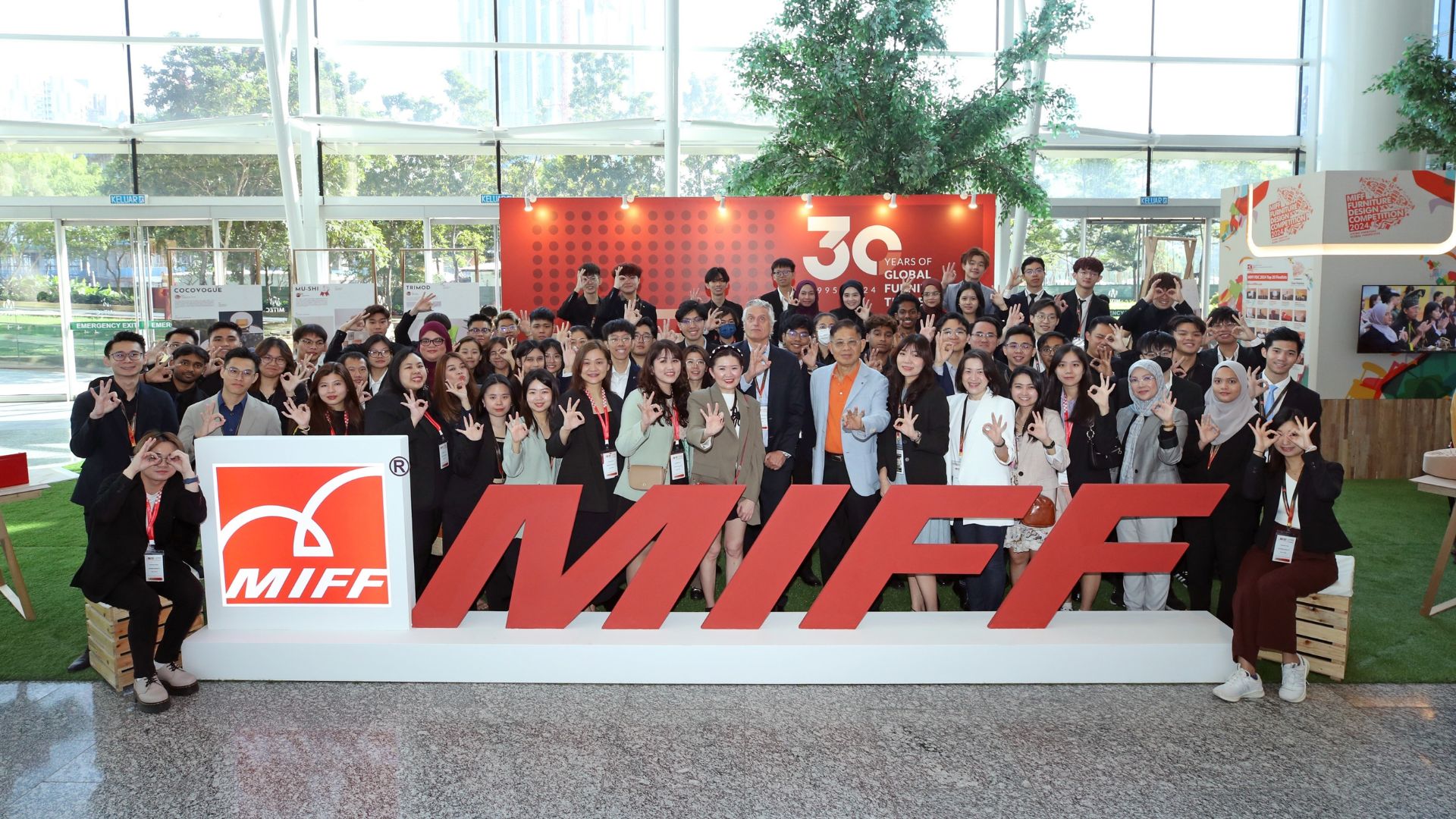Watching molo’s paper softwall unfold is mesmerising

molo uses kraft paper to create a range of soft, flexible walls, and furniture elements.
Imagine a wall that starts as the thickness of a book and expands to over a hundred times its length. And, is made of paper. This is the concept of softwall, a room divider which is as innovative and efficient as it is delightful.
Why molo soft collection? To create a sustainable alternative building concept that foregoes rigidity and enables flexible use of space that can be reshaped for different uses over time
softwall provide visual screening as well as sound dampening. Seating and table elements combine to create beautiful intimate spaces for events. Or, stunning backdrops for performances and presentations.
The minds behind Molo – Stephanie Forsythe + Todd MacAllen
molo is a design and production studio based in Vancouver, Canada. At the helm are Stephanie Forsythe and Todd MacAllen. They began working together in 1994 when studying architecture at Dalhousie University, and founded molo in 2003.
The studio completes projects which cross disciplinary boundaries: from art, to design to architecture. Space is the core focus of the studio, and their explorations at multiple scales inform each other.
Forsythe and MacAllen’s early architectural projects received numerous accolades and are the foundation of molo. Their Aomori Nebuta House project in Japan, came out of winning a design competition. Completed in 2011, it is an impressive bright orange building with ribbons of steel as the facade. It is home to a museum that showcases and preserves local festival traditions that honours gods, heroes, and demons.
The original papersoft wall prototype has been included in the permanent collection of the MOMA.
Curious to know more about designers using paper as their main material? Don’t miss Pao Hui Kao creates unbelievable objects through material experimentation.

Materials & Techniques – Translucent paper and textiles
The soft collection comprises flexible freestanding space partitions, lighting, table, and seating elements. By connecting hundreds of layers of paper or textile into a pleated honeycomb geometry, the softwalls and softblocks are compact when compressed, then stretch to create long lengths of walls or building blocks. A benchwall combines seating and divider in one.
Textile versions are made from non-woven polyethylene. Both the paper and textile materials are recyclable.
The finish at the ends of the softwall is integral to their functionality. Each softwall terminates with a magnetic panel which folds together to create a curved end and add stability to the wall. They also allow multiple wall elements to be joined to one another and act as an anchor point to connect to an existing wall or metal surface. softblocks also connect in a similar manner.
Felt handles assist in unfurling the walls. For storage, and to lift the softwall up from the floor during cleaning, the holes in the end panels allow it to be hung on its stainless steel wall hook.
The maximum length of the wall that each element can be expanded to is 4.5m, and the standard walls are 23.5cm thick. Measured in feet increments, paper softwall comes in 5′, 6′, or 8′ high options and the softblocks are 1′, 2′, 3′ tall.
Circular lamb’s wool felt pads are available for use as seating cushions or display surfaces.

Style & Aesthetics – Elegant and compelling soft forms that naturally patina
The soft collection is a marvelous meeting of beauty and functionality. It is compelling to see the simple materials transformed to snake across spaces and be endlessly rearranged. The repeating accordion-like folds create an elegant lined texture that emphasizes the soft curved wall forms. And, work equally as well for the circular light elements.
Each different material offers specific visual characteristics. The brown kraft paper creates a warm and glowing atmosphere when lit. The white textile soft elements can be illuminated from within to take on a soft glow that shows off the pattern of its fibers. The sheen on the black textile is described as ‘reminiscent of charred wood’. A new textile which is micro-coated aluminum has a shiny silvery quality that reflects light.
Over time a softening occurs in the top surface of the seating. A unique and organic texture is naturally created. The designers describe: “The crushed facets catch light in a beautiful, variegated way, while the honeycomb geometry of the structure below remains strong and intact.”

Cantilever table supports a marble top and offers a new way of collaborating
The soft elements have impressive weight-bearing capacity. cantilever table demonstrates this well by supporting a 1200mm diameter Carrara marble tabletop. That is around 60kg. Tabletops also come in engineered wood.
cantilever tables are either sitting or standing height and have been conceived for collaborative workspaces and events. Round sheets of paper sit in the center and can be spun around to different group members. It is more tactile and intimate than a whiteboard. A glass pencil holder in the center doubles as a vase.

Design memento – Rethink, iterate, protect
At the heart of the soft collection and molo is a desire to mediate and transform spaces. This is coupled with inventiveness, along with rethinking and repurposing of everyday materials.
As a design and production studio, hands-on making is a key aspect of the design process. Ongoing material experimentation and exploration, happy accidents, and studies through everyday use continually feedback into design iterations and product development.
molo is passionate about their process and the original and authentic design it produces. The soft collection is the result of many, many hours of experimentation to perfect the form. Forsythe and MacAllen are the original inventors and own the rights to softwall, softblock, benchwall, and various other components.

The writer’s comment – A form that fosters intimacy
This collection is a wonderful use of materials and extends space making possibilities. The unconventional and yet familiar materiality creates a feeling of intimacy with the soft collection. Our previous experiences of the materials lacking rigidity heighten engagement, as the forms defy expectations.
If you want to know more about furniture made out of paper, don’t miss Papirho – When paper and design meet.









